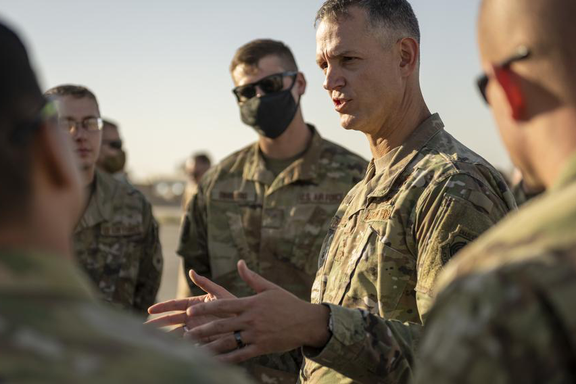US Military Presence Deters Iranian Attacks On Middle East Shipping

The reinforcement of US naval and aerial assets in the Middle East has effectively discouraged Iranian attacks on commercial ships in the Persian Gulf.

The reinforcement of US naval and aerial assets in the Middle East has effectively discouraged Iranian attacks on commercial ships in the Persian Gulf.
On Wednesday, the commander of US Air Forces Central Command revealed that the decision made in July to deploy fighter jets to the Persian Gulf, alongside a naval destroyer and an amphibious assault group comprising 2,500 US Marines, appears to have made an impact on Iranian officials.
Lieutenant General Alexus Grynkewich, speaking to members of the Defense Writers Group in Washington, stated, "The increased presence of surface vessels that went in ... combined with our airpower has deterred Iran from taking any actions against maritime shipping." He added, "It has had good effects."
In response to Iran's provocations in the Strait of Hormuz, a critical maritime route, the Pentagon dispatched a portion of the Bataan Amphibious Readiness Group, accompanied by a Marine expeditionary unit to the region.
The move followed another announcement by the Pentagon, indicating the deployment of the USS Thomas Hudner, a new Arleigh Burke-class destroyer, and fighter jets, including F-35s and F-16s, to the vicinity of the Strait of Hormuz and the Gulf of Oman for the protection of US interests.
Over the past two years, Iran has been involved in attacks, seizures, or attempted seizures of nearly 20 internationally flagged merchant vessels in the Strait of Hormuz, a vital global shipping passage, as reported by US Central Command, responsible for overseeing operations in the Middle East region.